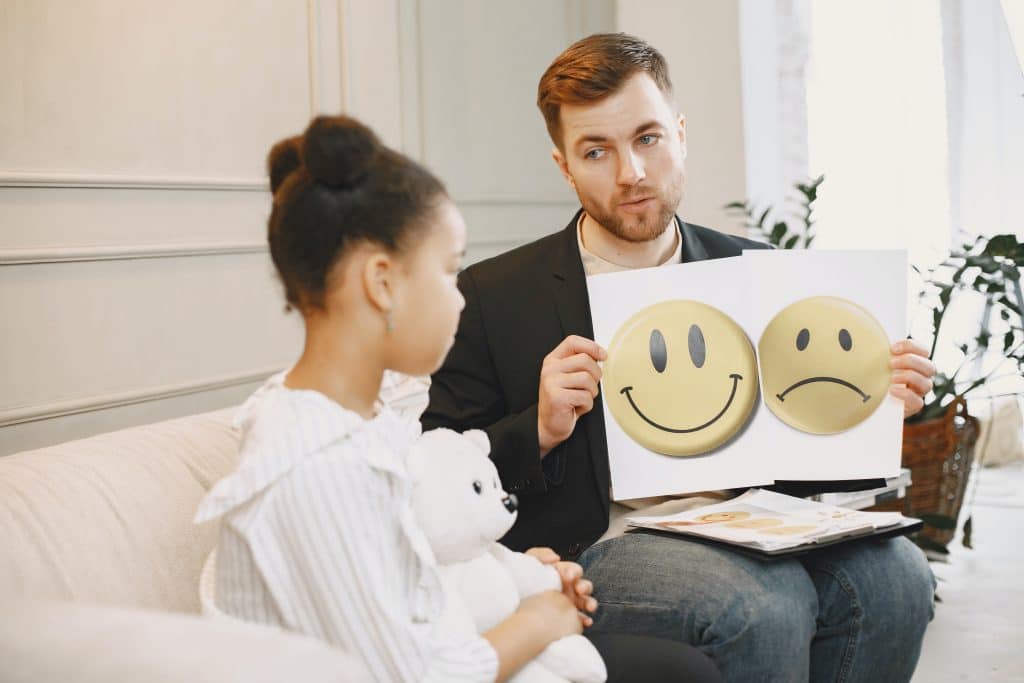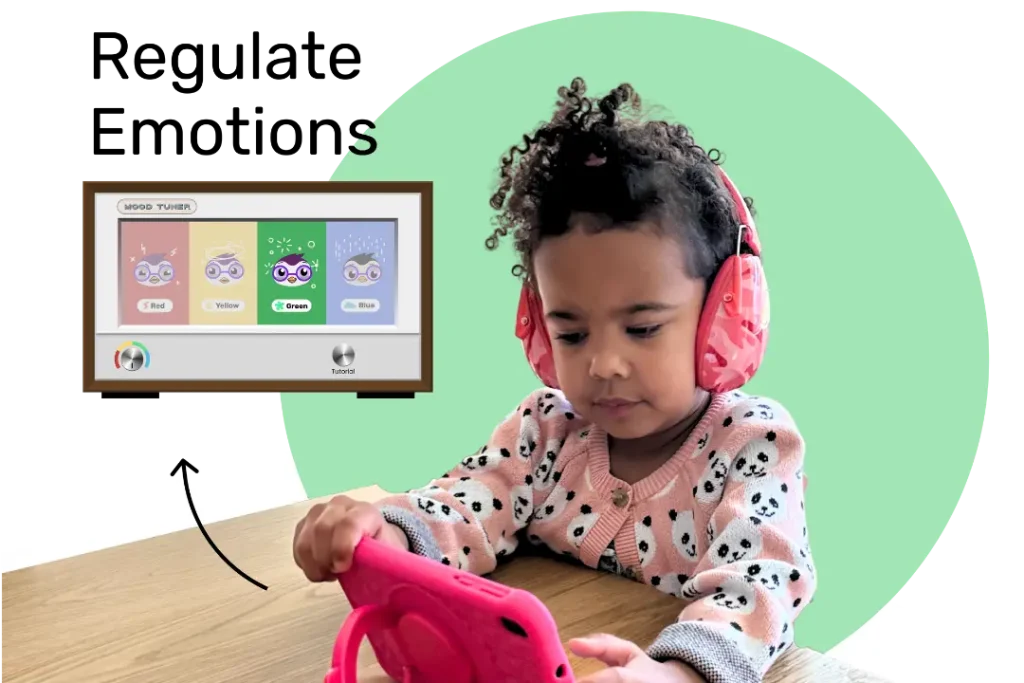My child has been struggling with self-regulation, and I’m back on Google trying to find solutions. If you’re in the same boat, looking for ways to help your child manage their emotions, I understand how challenging it can be. In this post, I’ll share three essential self-regulation skills for kids that can boost their independence. These tips are practical and easy to implement, so you can start seeing improvements today.
Table of Contents
Emotional Check-ins: The First Step in Self-Regulation
Firstly, let’s start with emotional check-ins. They’re like emotional thermometers for your kid’s day. But how do you make it work? Use simple scales like “thumbs up, thumbs down” or emojis to help your child express their mood. This way, kids can recognize their feelings, the cornerstone of self-regulation.
Why it’s crucial:
- Teaches kids to identify emotions
- Sets the stage for proactive behavior
- Serves as a trigger for further discussions
Example: When your child returns from school, sit together and go through an emoji chart. Encourage them to point out the emoji that best represents their feelings.

Read more: Emotional Intelligence Quiz for Kids (Video Included!)
Deep Breathing: An Oldie but a Goldie
On the other hand, have you ever heard the phrase “take a deep breath”? There’s more science to it than you might think. Deep breathing stimulates the brain, keeps the mind calm, and, most importantly, is an excellent technique for self-regulation. Above all, it’s easy for kids to learn.
Why it’s a must:
- Easy to teach
- Instantly calming
- It can happen anywhere
Example: Teach your child the 4-7-8 technique: Breathe in slowly through the nose for about 4 seconds, hold the breath for about 7 seconds, and exhale again through the mouth for 8 seconds. Practice together until it becomes second nature for them.

The “Pause and Think” Method: Self Regulation Skills 101
Meanwhile, parents often say, “Think before you act!” However, this isn’t so straightforward for kids with thinking and learning differences. The “Pause and Think” method can be a lifesaver here.
Why it’s invaluable:
- Builds patience
- Enhances decision-making
- A stepping stone to problem-solving
Example: Every time your child faces a challenging situation, encourage them to pause momentarily. Use a Goally tablet and set up a countdown timer for 30 seconds. It gives them a moment to think and re-evaluate their actions.
Goally | Kid’s Tablet for Building Emotional Regulation Skills
Is your child struggling with understanding and managing their emotions? Goally teaches emotional regulation skills in a fun and interactive way!

The Mood Tuner app encourages kids to look inwards and identify their feelings, helping them understand what’s going on inside. Once they’ve recognized their emotions, they can choose from a variety of exercises designed to help them self-regulate and find their balance.
Life with neurodivergent kids is a puzzle with shifting pieces. It’s easy to feel lost. But don’t worry, you’re far from alone. By teaching emotional check-ins, deep breathing, and the “Pause and Think” method, you’re setting up your kid for success, not just for today but for a lifetime. These aren’t just life hacks; they’re life skills. And the best part? You’ll find yourself using them too. Because let’s be honest, the roller coaster is easier to ride when you’ve got some brakes and a map.
FAQ’s About Self Regulation Skills
What are self-regulation skills for kids?
Self-regulation skills help kids manage their emotions, behavior, and body movements in different situations.
Why are self-regulation skills important?
These skills are crucial for a child's social, emotional, and academic development, promoting better interactions and learning.
How can parents teach self-regulation skills?
Parents can use techniques like visual schedules, emotional regulation apps, and consistent routines to teach self-regulation.
What are some examples of self-regulation activities?
Activities include deep breathing exercises, mindfulness practices, and using visual schedules to manage tasks and emotions.
At what age should children start learning self-regulation skills?
Children can start learning self-regulation skills as early as preschool age, with simple activities and guidance from parents and teachers.
This post was originally published on 09/13/2023. It was updated on 06/01/2024.

Goally
We help parents teach their kids life skills, like doing bedtime and morning independently. Backed by science, we incorporate evidence-based practices and expert-informed designs in all of our apps and content.





